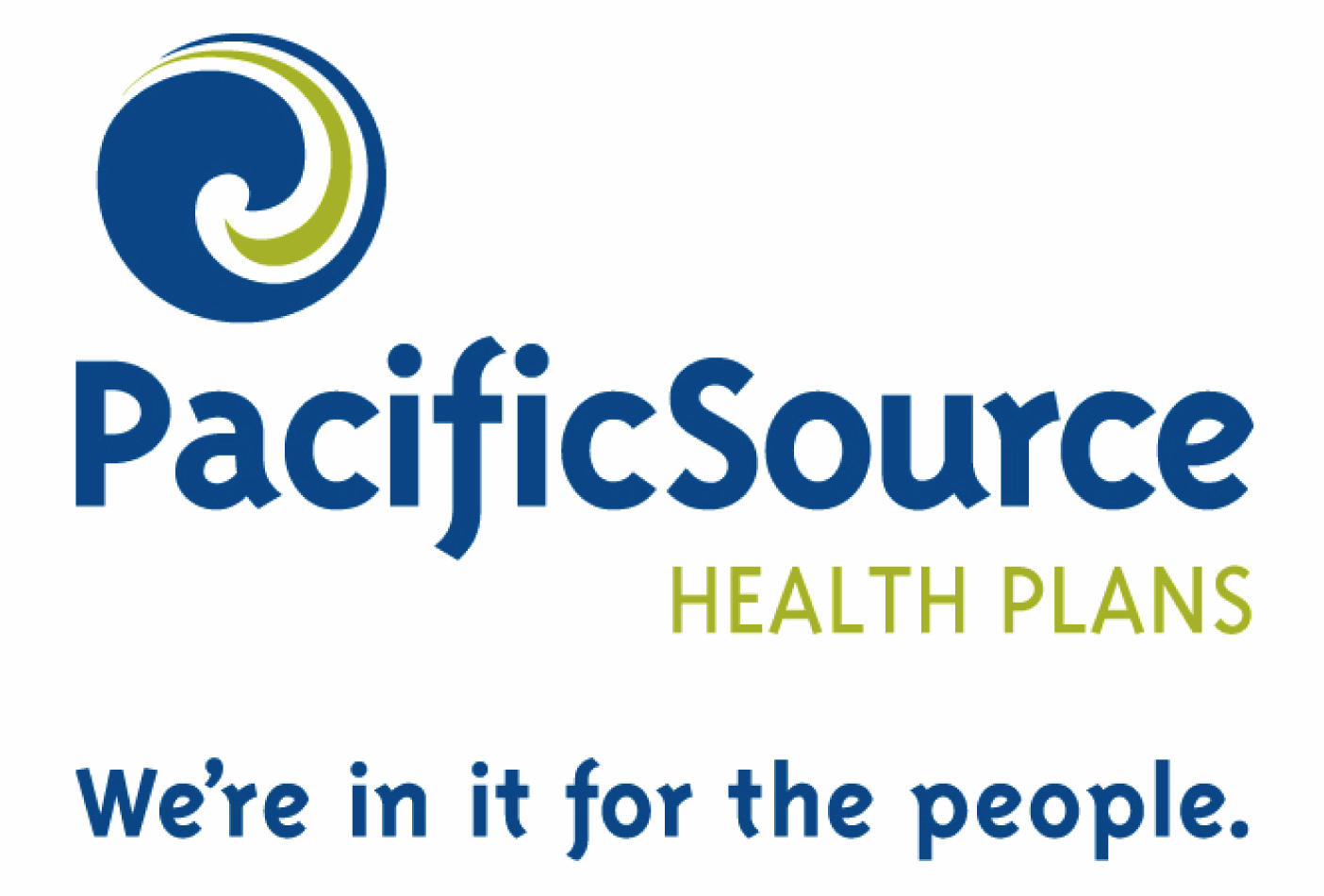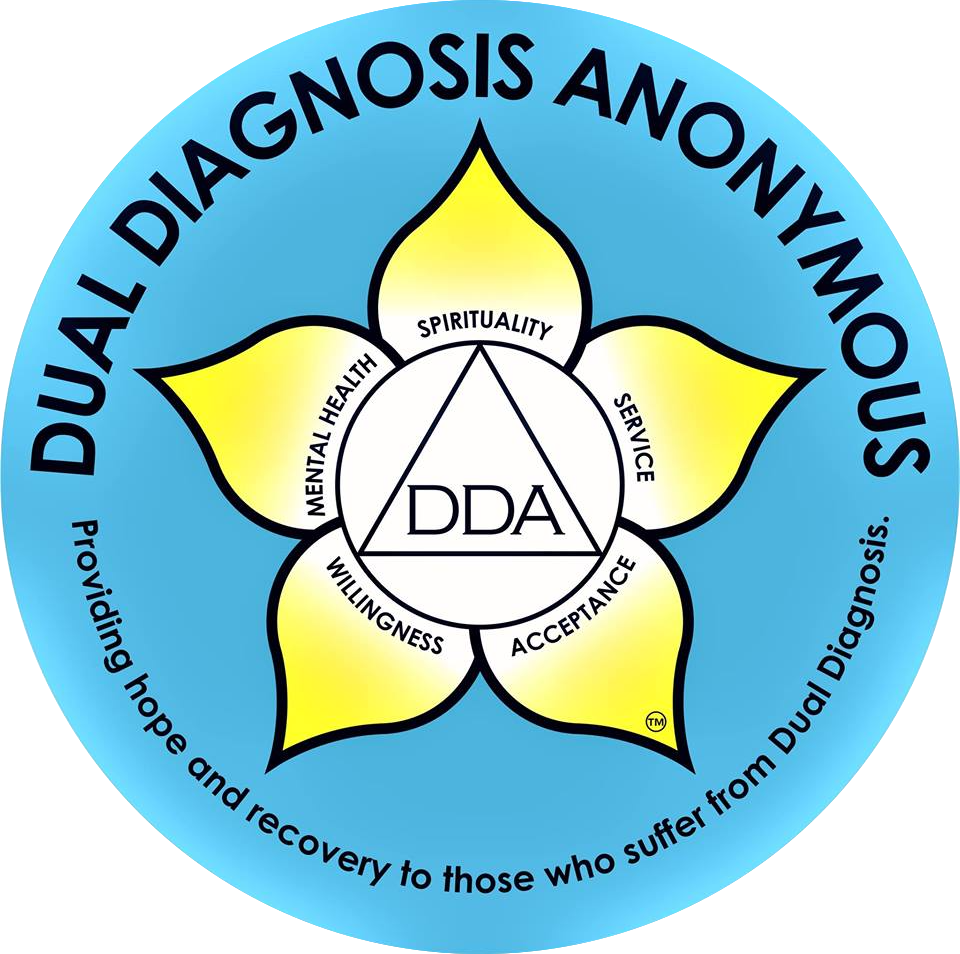The current health care system is broken. Health is not just the result of medical care – it is also the result of taking care of our bodies, our minds and the environment around us.
During World War II, sixteen million Americans served in the armed forces creating a labor shortage at home. Normally during a labor shortage, employers will raise wages to attract and retain workers, but because of concerns about inflation, the government put wage and price controls into effect. To attract workers, employers began offering insurance as a benefit because it was not considered a “wage.” In 1954 Congress passed legislation giving employers the ability to exclude the amount of money they spent on health insurance from their taxable income.
This created an incentive for employers to offer work based insurance coverage. It meant that more people had health insurance, but there were still huge gaps. By the early 1960’s it became clear that seniors, the poorest age group at that time, and children in poor families could not afford health care.
In 1965 Congress enacted Medicare to cover everyone over the age of 65, regardless of their income. In the same year Medicaid was created to cover certain categories of poor people: children in families who were on welfare, pregnant women; the elderly who needed long-term care, and people who were blind or had other disabilities.
Since 1965 our economy and society have changed dramatically, but these three programs continue to reflect circumstances that existed in the middle of the last century.
- More and more US businesses compete globally, but their competitors do not have to factor in the cost of employee health care, placing US companies at a distinct disadvantage.
- Due to the rising costs of health care, many employers are reducing the benefits they cover, increasing co-payments and deductibles for their employees or dropping coverage altogether.
- Both Social Security and Medicare have meant that fewer seniors live in poverty, but the growing cost of Medicare is paid by working families, many without the ability to afford insurance themselves.
- Medicare doesn’t cover long-term care, even though it is a program for an aging population. Seniors who need help paying for long term care must spend themselves into poverty in order to qualify for Medicaid.
- Medicaid leaves many deeply poor individuals and families without any assistance.
- The inability to pay a medical bill is the second leading cause of personal bankruptcy in the United States today.
Today, close to 50 million Americans, including more than 600,000 Oregonians, fall into a “coverage gap.” And people without coverage, when they get very sick, go to the emergency room, where federal law requires that they be seen and treated. And the cost of caring for the uninsured is paid by those who do have insurance by increases in their premiums.
This approach made sense in 1965, when costs were so much lower, but it makes no sense today. The emergency room is the least efficient and most expensive way to assure “universal access” to care.
We can do better – but doing so means changing the way we view our health system and opening ourselves to the possibilities that exist, to create a better health system for Oregon and the nation.
__________________
Other options for information:
1) Still trying to learn the lingo? Check out this set of of resources to help keep you in the loop.
2) If there is something else you want to know about send us a question here.










Recent Comments